The Roman Baths at Bath
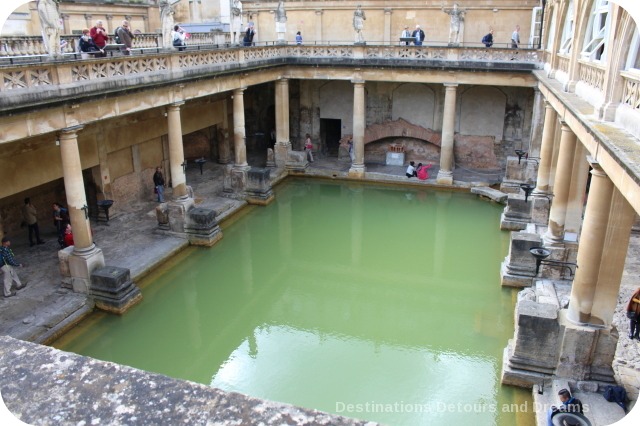
Exploring Britain’s Roman period at the remains of a temple and bathing site
The city of Bath, Somerset in southwest England is known for its thermal waters fed by natural hot springs and its Roman-built baths. I’ve wanted to see the Roman Baths, one of the most visited heritage attractions in the United Kingdom, for years and was not disappointed when I finally had my chance.
The Roman Baths extend under modern ground level. After the Romans withdrew from England, the baths they built fell into disrepair and eventually disappeared. The area remained known for its curative waters. Other baths and spas were built over the course of the city’s history and the Roman baths remained forgotten for centuries. The re-discovered Roman Baths opened to the public in 1897. Over the years, further excavation and development has occurred to enhance what the public is able to see. The most recent redevelopment was in 2011 to bring modern interpretation to the site.
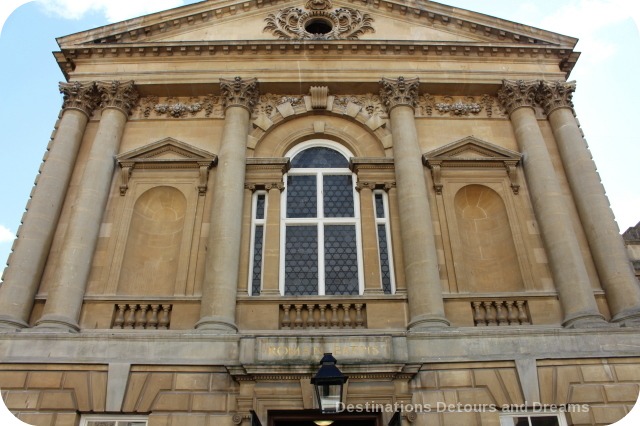
The current visitor entrance is via an 1897 concert hall by J.M. Brydon. Personal audio guides are available with your ticket purchase. In addition to information about various points throughout the site, the audio guide contains commentary from framed travel writer Bill Bryson. The site contains ruins of the baths, the Roman temple and city, and a museum about Roman life containing artifacts found during excavation, reconstructions, and computer animations.
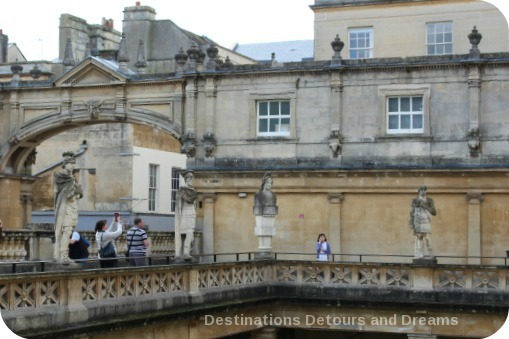
The first thing a visitor sees after leaving the entrance hall is the terrace overlooking the Great Bath. The terrace is lined with Victorian statues of Roman emperors and governors of Britain. The terrace and statues were built in the late 1800s when the Roman Baths opened. The Great Bath is now open to the sky, but in Roman times it was covered with an enormous barrel-vaulted ceiling rising to a height of 40 metres.
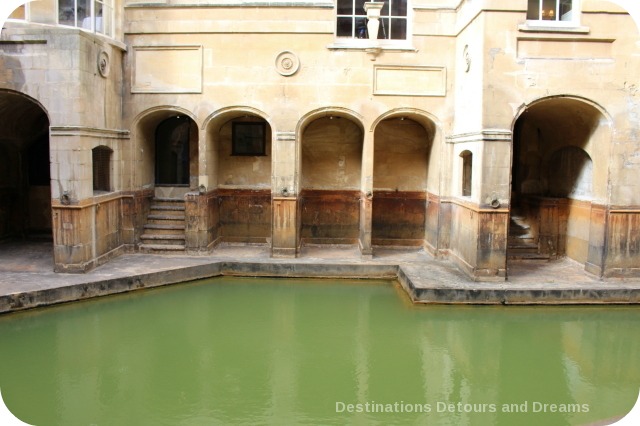
In the 12th century, the Kings Bath was built within the Roman ruins. The ledge around the Spring is all that remains of the floor of Kings Bath. In 1979, the floor was removed and the water level lowered to Roman level. Niches around the bath would have held benches for bathers and possibly tables for drinks and snacks. Orange stains on the wall mark the former water level of Kings Bath.
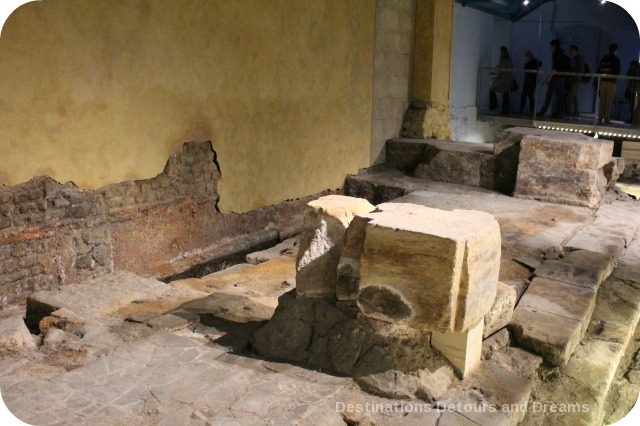
In the Temple Courtyard, visitors explore the sacred area of the ruins, the place where sacrifices were made at the altar. The city of Bath was established by the Romans as Aquae Sulis around AD 43. They built a sophisticated series of baths and a temple to the goddess Sulis Minerva. The site, both a bathing complex and a shrine, was changed and expanded over the following four hundred years. Artifacts discovered at the site and information on tombstones provide a picture of Roman life at the time. The artifacts, augmented with what archaeologists have learned about Roman life, are on display in the museum. The Beau Street Hoard, a collection of coins discovered in 2007 on the site of the current Gainsborough Hotel on Beau Street, is included in the displays.
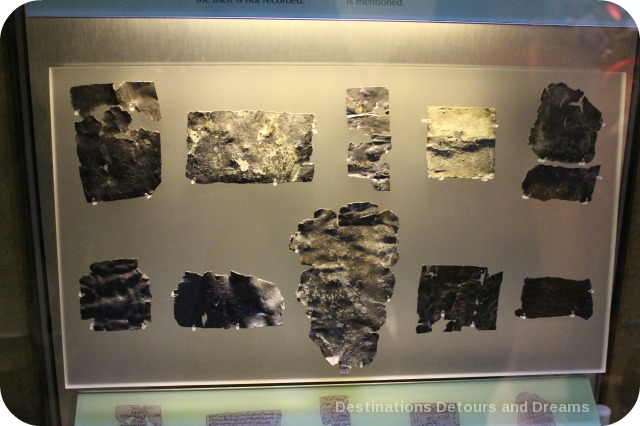
on lead or pewter and thrown into the Sacred Spring.
Several curses on display complained about theft of a variety of objects.
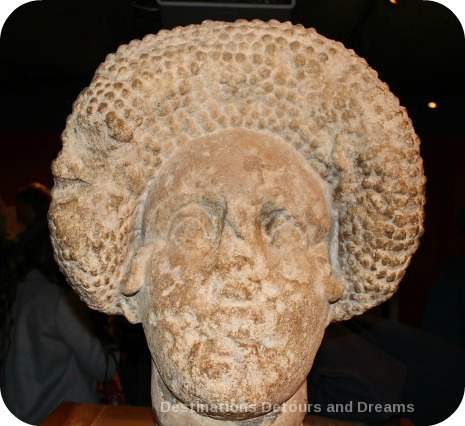
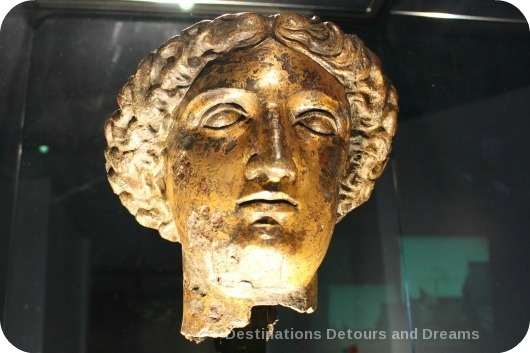
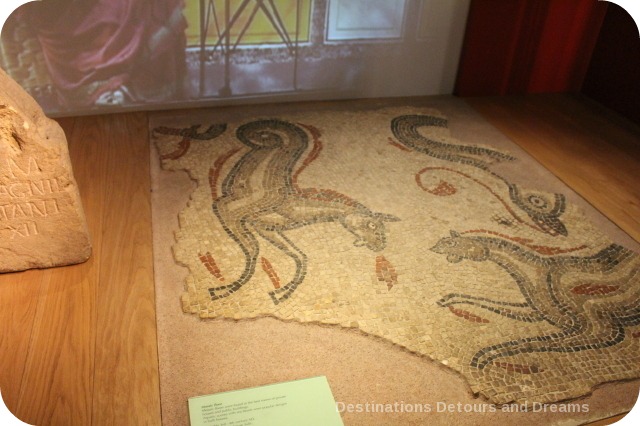
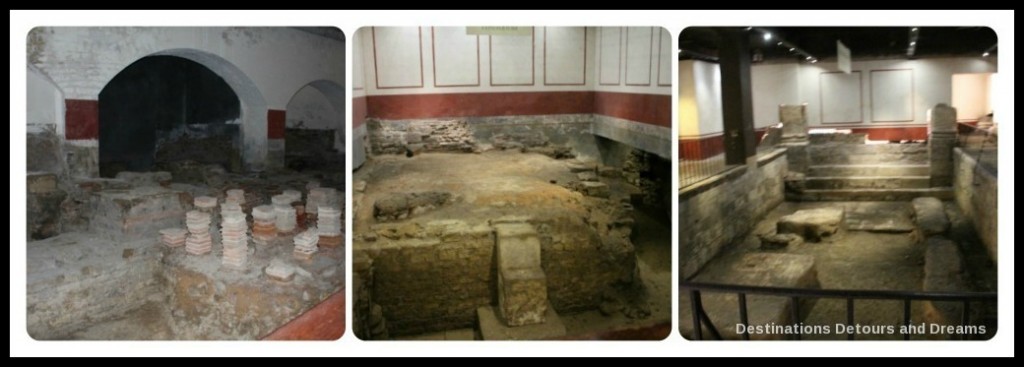
My favourite part of the Roman Baths was the bathing suite, with its heated rooms, swimming pools, and change rooms. Ruins of these rooms extend at both the eastern and western ends of the site. In Roman times, a visit to the baths could take all afternoon and involved exercise, spending time in pools of different temperatures, and a massage.
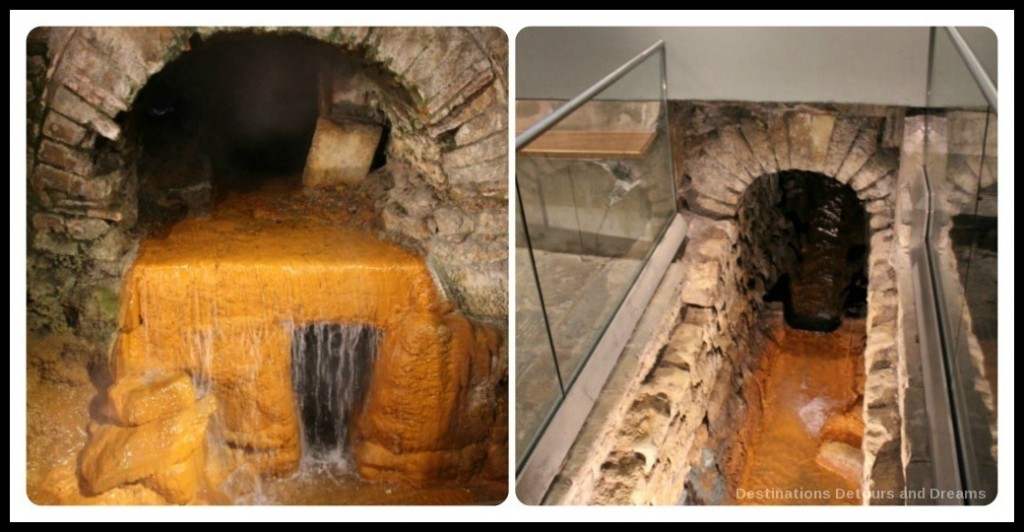
The Spring overflow carries surplus water to the original Roman drain and on to the River Avon. The Roman plumbing and drainage system is still largely in place. Water passes through original lead pipes and the Roman Baths are unsafe for bathing. If you wish to experience the thermal water yourself, the nearby Thermae Bath Spa uses the same water, treated to make it safe.
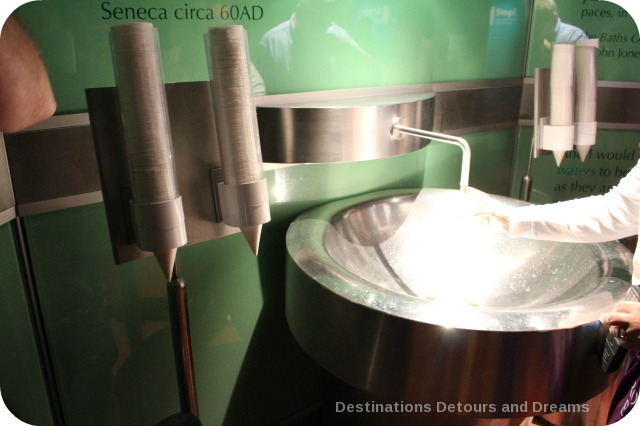
The spa water at Bath has been used for healing purposes for two thousand years. Original treatments involved bathing in the water. In the late 17th century, drinking spa water was considered treatment for various conditions. In the Pump Room, there is a fountain where current visitors can sample the water. The water contains 43 minerals and I had been warned about the taste. The water has an unusual taste and is not something I would make a drink of choice, but it did not taste as bad as I had been expecting.
I was fascinated by the museum and surprised to find so much information on Roman life beyond the baths themselves. This was my first visit, but I think return visitors will also enjoy the museum, especially if it has been many years since seeing the museum. The development over the past number of years means there is more to see and experience. The development program is ongoing, with further excavation continuing.
You need about one and a half to two hours to go through the Roman Baths. There are two restaurants and a gift shop on site. The baths are located six metres below street level. Although there are two lifts, you cannot access the entire site without navigating a few stairs. For information about accessibility, tickets, and hours of operations, see the Roman Baths web site.
If you enjoyed this post, sign up for Destinations Detours and Dreams monthly e-newsletter. Get behind the scenes information and sneak peeks ahead in addition to a recap of the month’s posts.
PIN IT

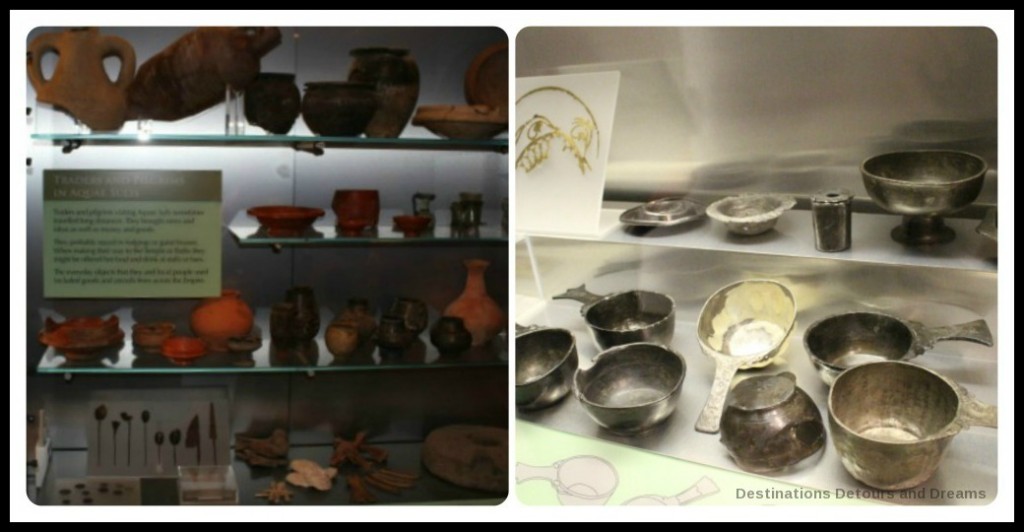
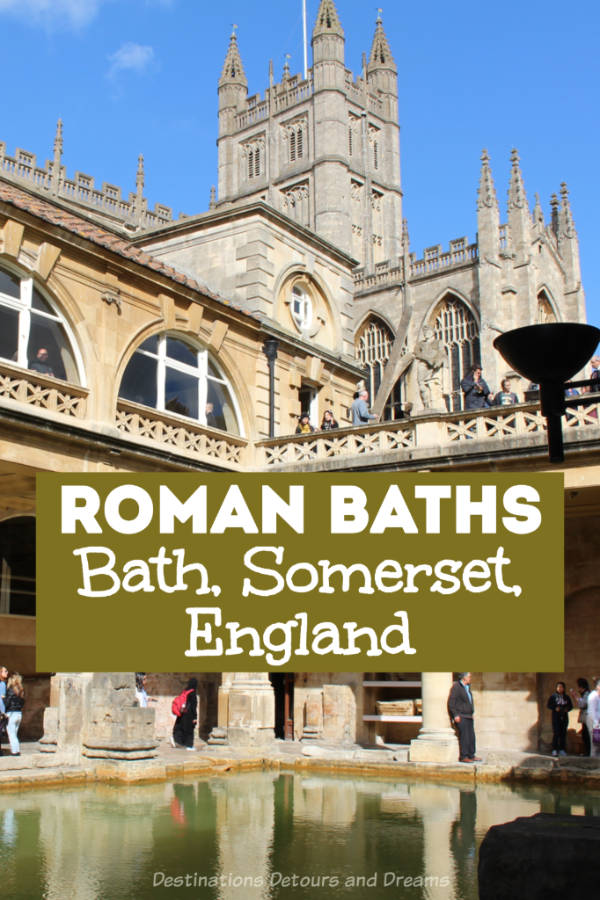
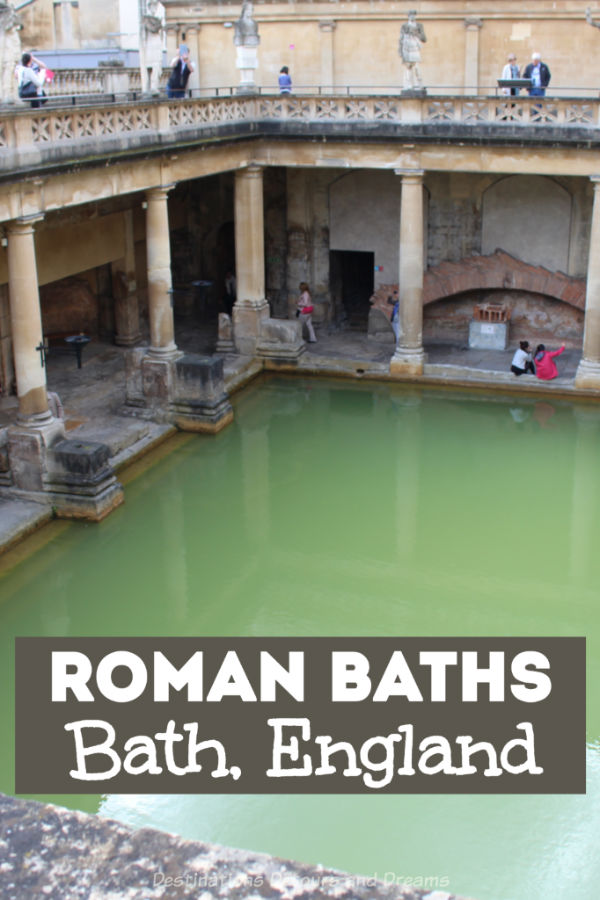
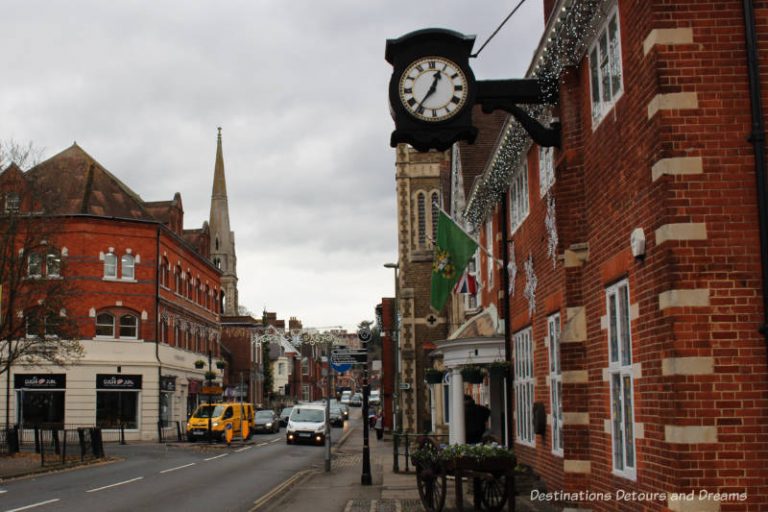
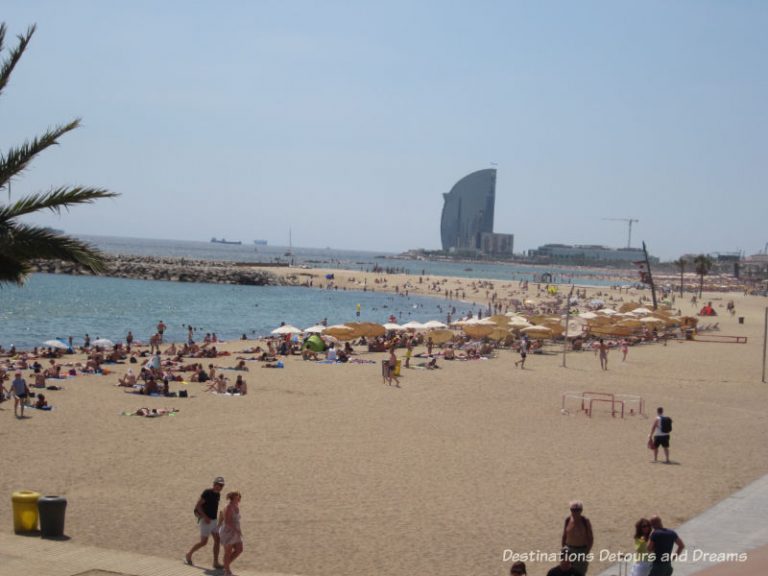
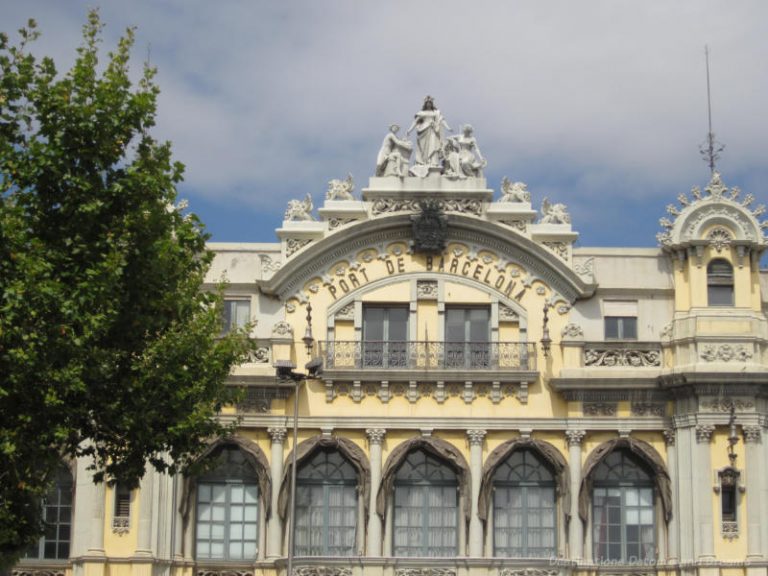
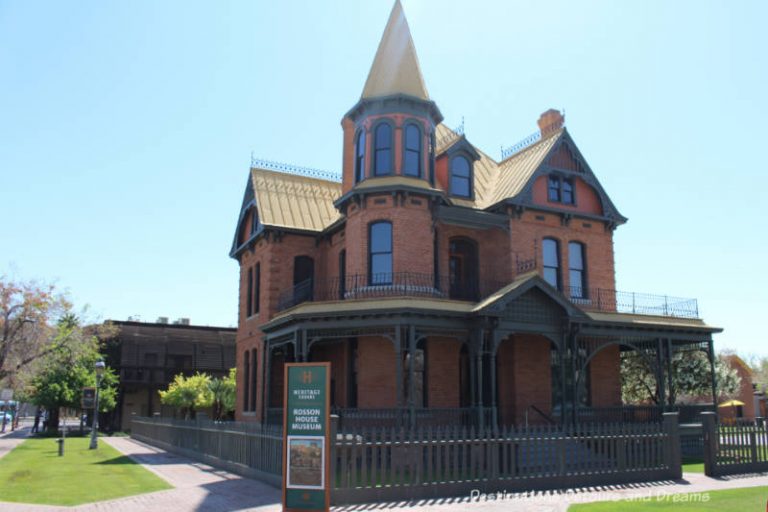
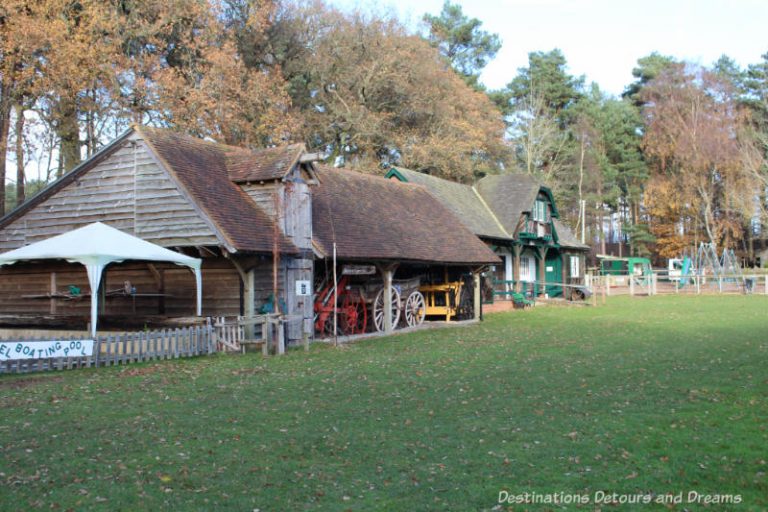
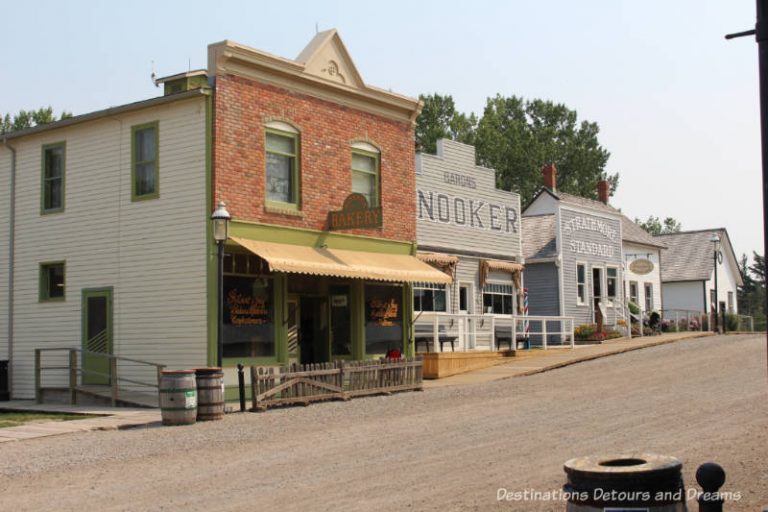
Donna, with my interest in herbs and especially lavender, I know that to the Romans cleanliness really was next to godliness so am not totally surprised that they went to such extremes in designing their baths. What a wonderful experience it would have been for you to explore. Your write-up and photos were wonderful – I truly enjoyed both.
Thanks Lenie. I’ve read that the Romans used lavender in their baths, although I don’t recall coming across that information specifically when visiting the Baths.
Oh I just love things like this! I’ve been to the UK several times but always on business so I’ve never had much more than a few hours here or there to do any sightseeing but I keep promising myself a return trip just for fun and would love to include this. Thanks for the inspiration Donna!
Thanks Marquita. I hope you get to see this and a lot more on your next trip.
Really looks like a fascinating place to visit. Compare the grandeur of these baths to the modern commercial gym.
Ken, it’s hard to imagine a museum a thousand years from now recreating one of our current day gyms!
I LOVE Bath….and all of England!
I enjoyed visiting Bath too. Thanks Tam for stopping by.
Have to admit that althought I lived in London for 15 years I never visited those Roman baths. Lamentable considering that they are beautiful, like most Roman architecture.
Catarina, the architecture is beautiful and fascinating.
This was one of my favorite trips. I was lucky enough to ride the Orient Express from London to Bath and enjoyed this trip immensely. It was truly fascinating!
Jacquie, that trip sounds wonderful.
I would definitely be interested in visiting the Roman baths if I was in that part of the world. I always find it fascinating to get a glimpse into the lives of our ancestors. And I do imagine that it was much easier to get clean drinking water back then. By now we’ve had so much more opportunity to pollute the earth.
Erica, it is sad how we’ve polluted the earth. On the other hand, I don’t think people in Roman times were aware of the dangers of lead pipes over time.
Wow! These pictures are amazing. Thanks for sharing. I will need to visit the Roman Baths when I schedule a trip to London.
Thanks Sabrina.
I’ve had the good fortune of visiting this place. It really is quite amazing. Pictured don’t do it justice.
Susan, I found the lower area with the excavations of the bathing rooms the most interesting and the hardest to capture in photographs.
Wow! The view of the Roman Baths in your first photograph – the architecture!
There is so much history in the city of Bath and sad to say I have never visited despite living in the UK. Note to self………..
Thank you for providing such in depth information.
Phoenicia, I think the Baths are worth a visit if you get a chance.
Fascinating post. Of course for me it brings to mind The Wife of Bath in Chaucer’s tales and how bawdy she was! It also reminds me of how my one regret in visiting Istanbul was not having enough time to visit a bath there. Plus, when I visited the Palace of Knossos on Crete, the tour must have emphasized over and over how the Phoenicians had running water. We take all of that for granted today.
Thanks Jeri. I have to admit I have not read any of Chaucer’s tales. I’m quite impressed with what some ancient civilizations did with running water.
Amazing photo-walk of the Roman Bath. I had only read about them earlier. Good to see them.
Thanks Lata
Wow. I need me one of those Roman baths. So amazing! I still can’t wait to go to London one day. Of course when things settle down.
Sounds like a day at the spa, doesn’t it? I hope you do get to England some day (maybe even before things settle down!)
Thx for this post, Donna. I haven’t been to the Roman Baths, but have no doubt that I would be inspired by a visit.
Thanks Doreen.
Hello Donna, i have been meaning to visit Bath for a while now. Heard so much about the place.
Bath is on my travel list next year. The pictures are fabulous.
Your post has been bookmarked!
Thanks for the inspiration
I hope you enjoy your visit. The entire city of Bath is fun to explore. I’ve done a post about that as well.
I WANT TO GO! 🙂 Donna, your travelogues always make me wistful for a trip. My nephew-in-law and his wife live in London, so I’m off to Facebook to see if they have been here yet. If not, you may well have inspired their next adventure. Love the descriptions.
Thanks Rose Mary. Note that I have also done a post about the city of Bath.
The Roman Baths look interesting. If I get a chance to visit that area I need to check them out.
Thanks Jason.
I really like this post, it is very informative. The Roman empire was so massive, these types of baths are still present in other places. I know some still are being used in Switzerland. Thanks for sharing this with us.
Thanks William. The Romans built these baths every place they went. It’s interesting to hear some are still used in Switzerland.
These are fantastic photos Donna, and a great article about the baths. It always blows me away when I am anywhere that has Roman ruins whether its in the Uk or Italy. Really incredible to be somewhere and wonder what life was like where the ruin was originally built.
Thanks A.K. It is interesting to imagine what life was like back when things like this were built. I’m impressed with the pictures of those times archaeologists are able to put together.